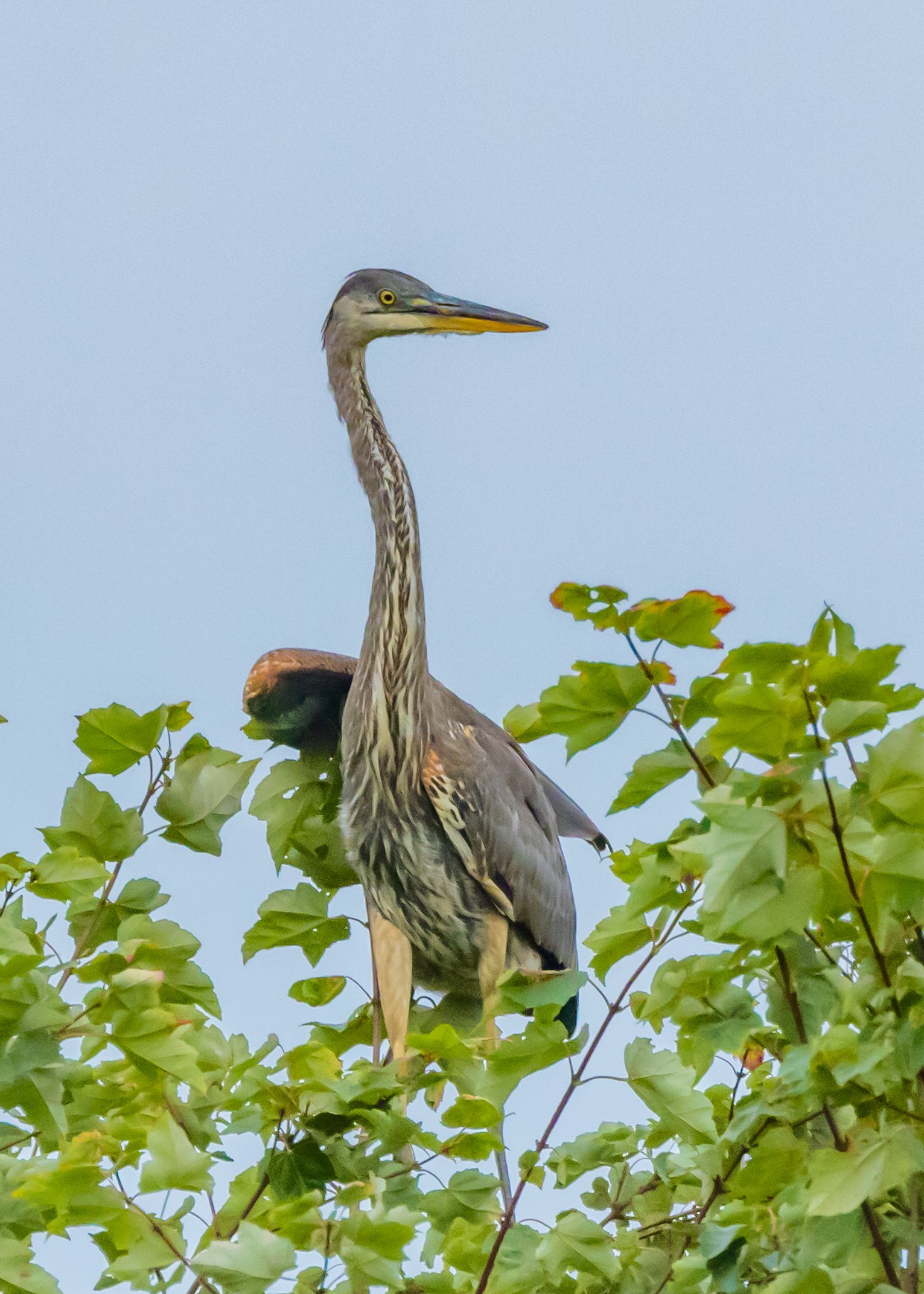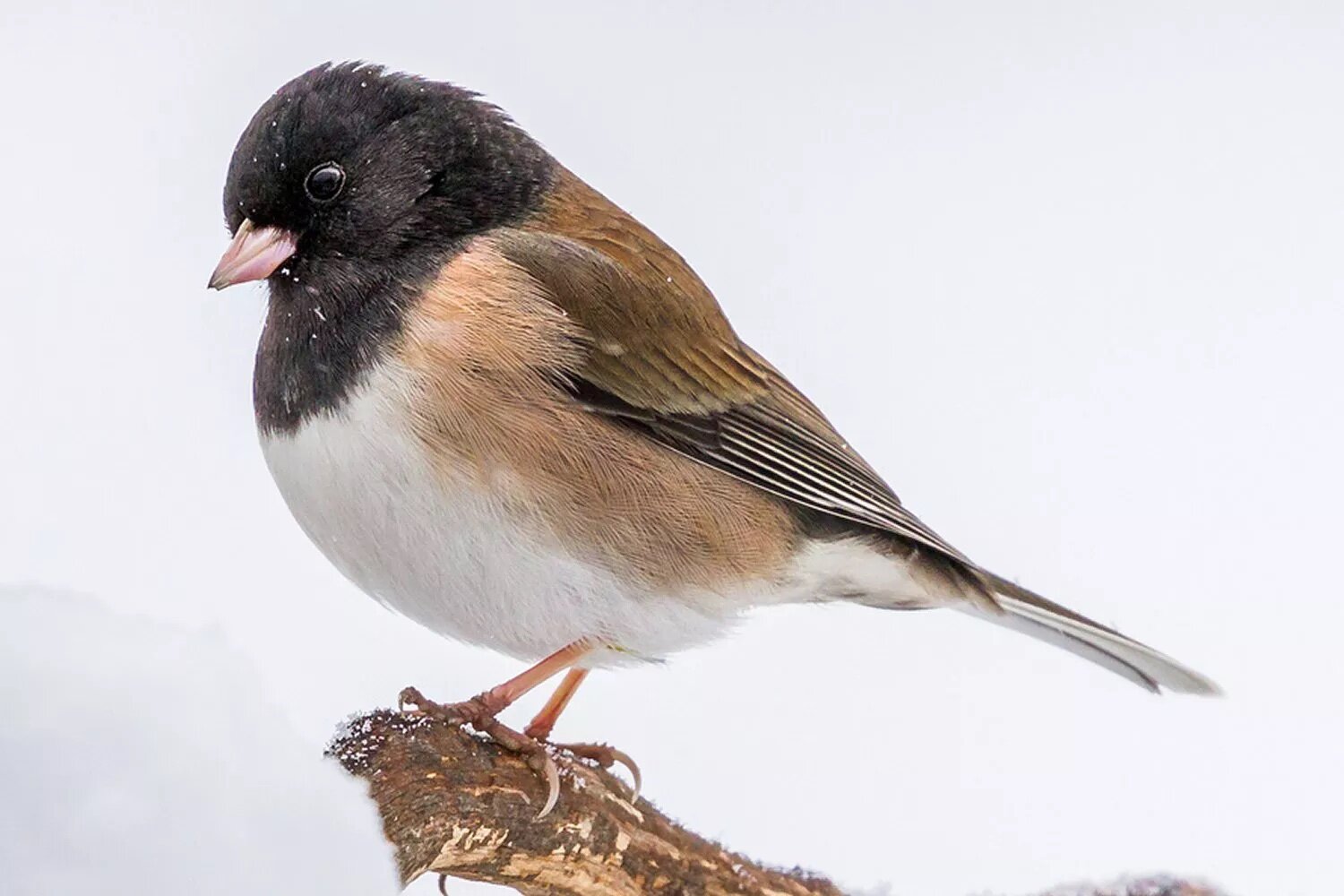Turkey. With Thanksgiving just two days away and a world seemingly so full of woe, I hope we can all find some grace, gratitude, and goodwill upon which to reflect, not to mention some good food. Speaking of food, while the main dish on Thanksgiving is traditionally turkey, it’s the side dishes that more often display culinary creativity and art…or not. Candied yams, mashed potatoes, cranberry sauce, string beans, roasted brussels sprouts, giblet gravy, scalloped oysters, collard greens with ham hocks, bread stuffing, and then there are the desserts. But side dishes are a recent invention, maybe since the late 19th century. Before that, at least in Europe, meals were served in what was called “en confusion,” meaning that many dishes were placed on the table at once, but all were main dishes of one sort or another. It is not entirely unlike many Asian cultures in which perhaps rice is the main dish, and everything else is a delicious garnish for rice.
Now, back to the main dish on Thanksgiving - the turkey. While wild turkeys were once nearly wiped out, they have come roaring back here in New England so that flocks seem to be everywhere. Our backfield hosts the annual turkey tryst in the spring each year, with several Toms competing for the favors of one or two turkey lasses. In the early spring of 2020, I wrote here briefly about this yearly “affair” playing out in all its “splendor in the grass.”
Believe it or not, wild turkeys were named for the nation, the nation of Turkey, that is. While they are unique to North America and Central America (different species there), early European settlers thought that they resembled African Guinea Fowl with which they were familiar and which were native to Turkey. Though male turkeys can weigh 25 pounds, they often roost in trees to avoid predation and can fly as fast as 60 miles an hour. Turkeys have exceptional color vision with a 270-degree field of view and better than 20/20 acuity.
As for myths and urban legends, Benjamin Franklin did not advocate seriously for the Wild Turkey to become the USA’s national bird. He wrote of this recommendation in a letter to his only daughter in 1784, along with further satire on more serious issues, especially the news at the time of former officers in the revolutionary army forming an organization called the Society of Cincinnati intended to honor a transition from military leadership to civilian control, but also in part to preserve a European model of hereditary nobility in the new American democracy. George Washington was its first president. Franklin’s letter satirically derides the whole idea while humorously proposing the turkey as the national bird. He never sent the letter to his daughter, and it did not come to light until many years later. But the Society of Cincinnati is today the oldest American male hereditary honor society with over 4000 members in the U.S. and France spread among the 14 original constituent societies - one for each of the 13 colonies and one for France. All members must be direct male descendants of Revolutionary Army or Navy officers - either as American revolutionaries or French sympathizers. I can only imagine what their meetings must be like.
As for presidential pardons of turkeys, several presidents are credited with starting the tradition, but George H. W. Bush was the first to make it a ritualized annual event. Abraham Lincoln decided not to serve a turkey for dinner in deference to his son, Tad, who had grown fond of the turkey in question. Other presidents gave the living turkeys their blessing but then went ahead and ate them. In 1963, shortly before his assassination, John F. Kennedy said of a turkey gifted to the White House, “We’ll let this one grow.” Only the news media used the word pardon to describe the episode.
Whatever your Thanksgiving meal shapes up to be, I hope it is full of side dish surprises, and do not doubt that there will be plenty of “en confusion” to the meal - if not entirely culinary. Be well, be grateful, be kind.
The Gift by Mary Oliver
Be still, my soul, and steadfast.
Earth and heaven both are still watching
though time is draining from the clock
and your walk, that was confident and quick,
has become slow.
So, be slow if you must, but let
the heart still play its true part.
Love still as once you loved, deeply
and without patience. Let God and the world
know you are grateful. That the gift has been given.
























